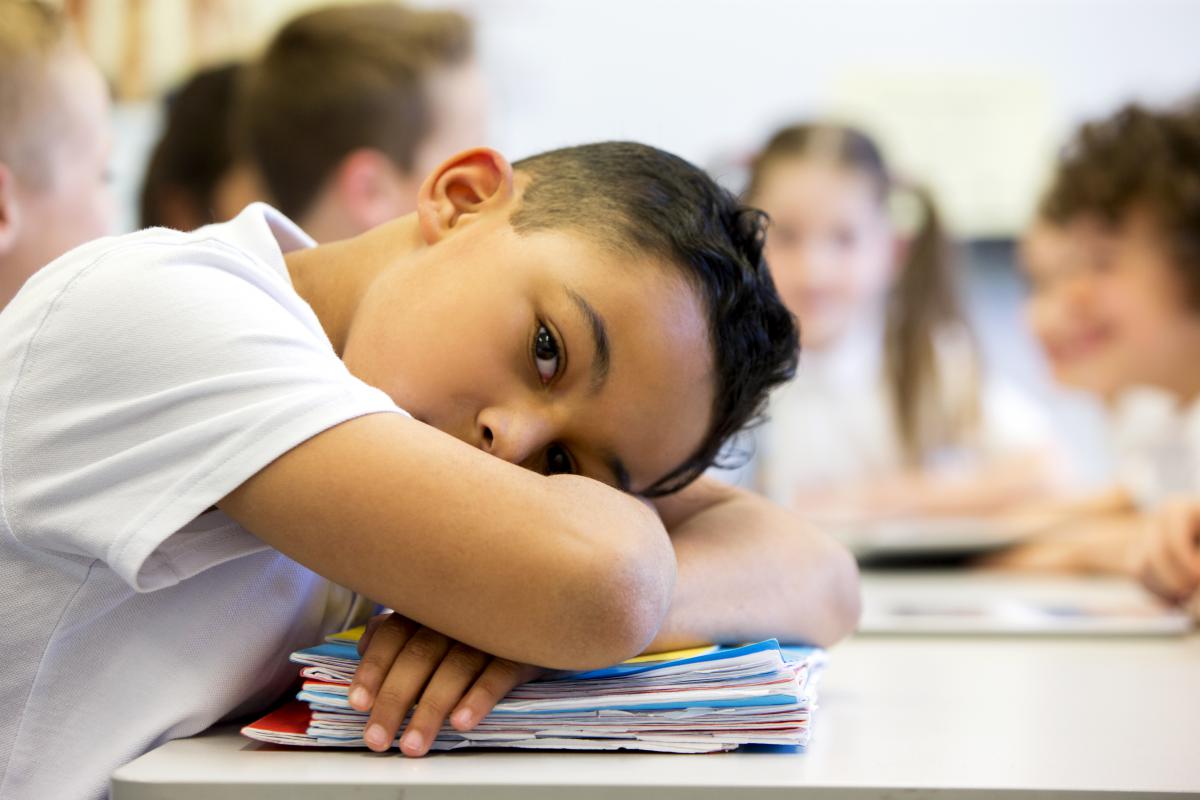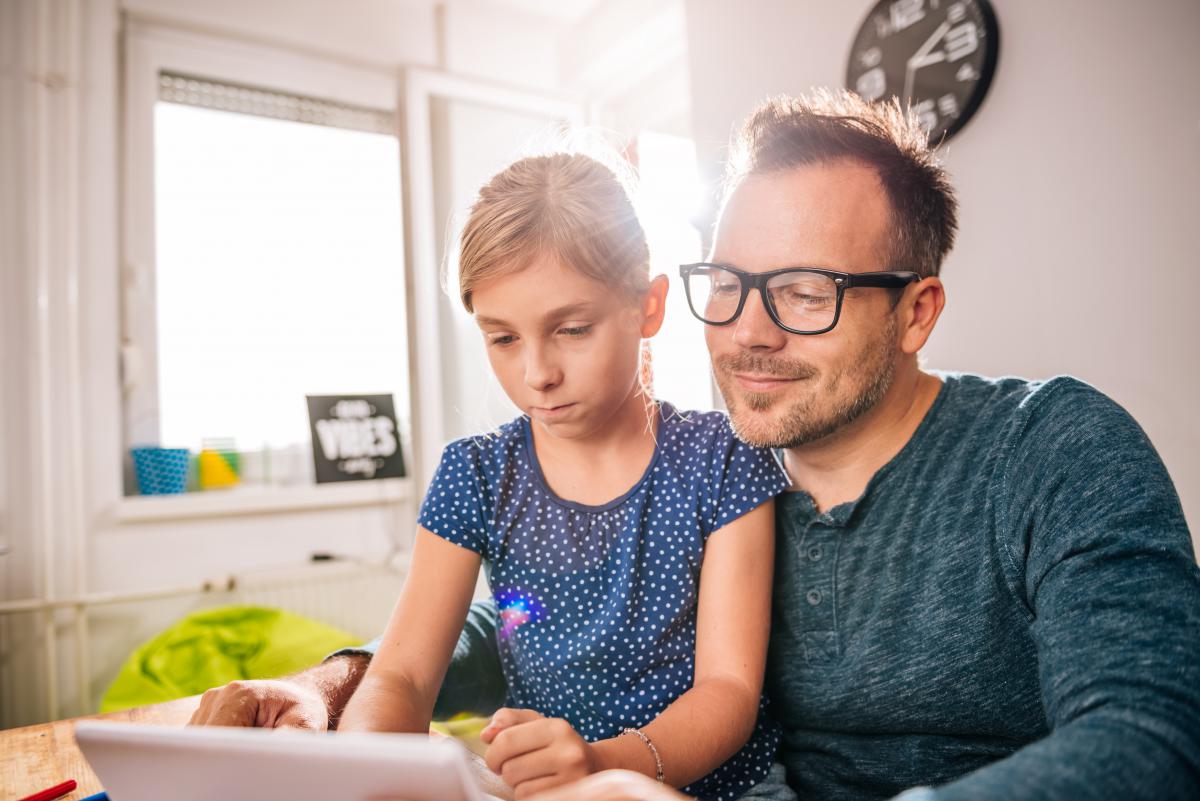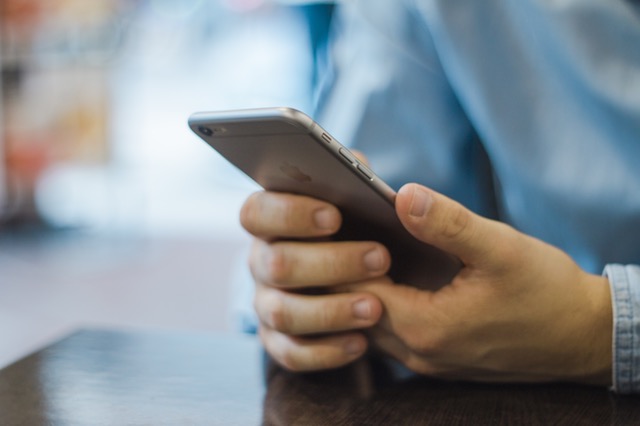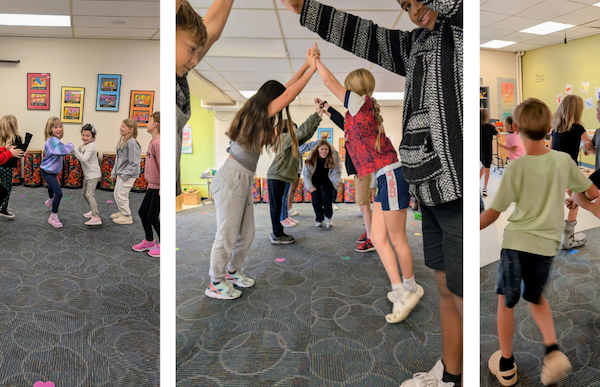
Chronic Stress and the Student with ADHD/LD
February 15, 2017
Teaching Children to Learn from Mistakes
March 1, 2017
Many parents are struggling to set realistic limits on the use of media at home. Back in the day, it was about watching TV, playing video games, talking on the phone or listening to the radio.
Unlimited usage of technology in those days interfered with participating in family meals, doing homework or chores, playtime, socializing with friends and getting to bed on time. Now there are children with their own smartphones, giving access to movies and streaming other forms of entertainment 24 hours a day. The impact on family life and a child’s social/emotional development continues to be a concern. All children, and especially those with ADHD and LD, will have difficulty setting limits on usage of devices that are extremely engaging!
A good place for guidance is the American Academy of Pediatrics’ website, www.healthychildren.org. You will find a large section devoted to media usage at various ages. The overarching guideline, however, is to limit media usage for entertainment to two hours or less per day for children aged 14 and under. That would include tablet time while in the car or eating out. How can a parent enforce that guideline without huge tantrums or arguments? Start small!
- Lead by example. Is your cell phone constantly in your hand? Are you looking at your phone while your child/spouse is speaking to you? Perhaps set a limit on checking your email to one time per hour. Have a universal “no phone at the table” rule – that includes while eating out.
- Limit tablet/smart phone use in the car to long trips. The ride to and from school is a good time to chat – helping get the day off to a good start or expressing interest in the child’s day.
- Encourage other activities: family walks, craft projects, family game night, baking cookies together, going to the local recreation center, building something with Legos together or a family read-aloud session.
- Technology usage could be an option as part of a child’s daily “free time.” Free time means that homework and chores are finished. The AAP suggests that media usage be restricted to “high quality” material. Parental monitoring of material is still required during “free” time.

- For years The American Academy of Pediatrics has suggested that children’s bedrooms have limited technology. Technology usage interferes with sleep and, when used in a bedroom, prevents parents from monitoring the type of material viewed by a child. Once upon a time that meant no TV in the bedroom. Now it means that laptops, tablets and smartphones are parked in the charging station during homework time and at night.
This is just a start; remember to take small steps in a positive direction!
Blogger Mary Ann Mulcahey, PhD, shares her expertise in assessment and diagnosis of learning disabilities and ADHD, and the social/emotional adjustment to those issues. If you have questions, please contact Mary Ann at .



